- Product
- Solution for
For Your Industry
- Plans & Pricing
- Company
- Resources
For Your Industry
In the retail industry, pricing decisions aren’t just about setting numbers on a tag. They are strategic moves that deeply impact customer trust, loyalty, and brand reputation. With pricing becoming a delicate balance between profitability and consumer perception, retailers must adopt ethical pricing strategies to avoid pitfalls that could harm their relationships with customers. Here, we’ll explore why ethical pricing is essential in retail, outline strategies to implement it effectively, and discuss best practices for avoiding common ethical pricing issues.

Ethical pricing goes beyond competitive pricing; it focuses on fairness, transparency, and customer respect. With increasing consumer awareness and easy access to comparative pricing, shoppers can quickly spot unjust or inflated prices, impacting their perception of a brand. According to a Label Insight study, 94% of consumers report they’re more loyal to brands that embrace transparency, underscoring the importance of ethical pricing.
Unethical pricing practices, such as hidden fees, price gouging, or discrimination based on data, can lead to immediate customer backlash, reduced trust, and lasting damage to a brand’s reputation. Ethical pricing, however, promotes long-term loyalty, creating a customer-first approach where consumers feel valued and treated fairly. By adopting ethical pricing, retailers are not only positioning themselves as trustworthy but are also aligning with the values of today’s socially conscious shoppers.
The consequences of unethical pricing strategies can be severe for businesses. Unethical practices such as price gouging during emergencies, excessive markups, or manipulative discounting can lead to:
Given these risks, understanding the core principles of ethical pricing and implementing them effectively can be a powerful way to enhance brand reputation and foster loyalty.
Creating an ethical pricing strategy requires businesses to prioritize transparency, fairness, and customer trust. Here are some key aspects to consider:
Transparent pricing means clearly communicating all price elements to customers without any hidden charges or misleading discounts. Brands like Patagonia set an example by openly sharing their cost structures, giving customers insight into the reasoning behind their price points. Transparency not only fosters trust but also allows customers to understand the value they’re getting.
Transparency can include:
Fair pricing is essential to avoid alienating specific customer groups. This means pricing should be consistent and not based on personal information such as browsing history or purchasing behavior, which is commonly used in dynamic pricing algorithms.
Example: Amazon faced criticism for offering different prices based on customer data, which created a sense of inequality among buyers. Retailers should ensure that all customers have access to the same prices and discounts to avoid perceptions of bias.
To promote fairness, businesses should:
A core principle of ethical pricing is to provide fair value for the price paid. Retailers such as Costco excel at this by offering high-quality products at affordable prices. Value-based pricing focuses on delivering tangible benefits to the customer, making them feel they’re receiving more than what they paid for.
Value-based pricing can be implemented by:
Implementing ethical pricing strategies can be challenging without the right tools. Advanced pricing software, such as the tgndata Pricing Platform, helps retailers analyze market trends and competitor pricing. These insights enable businesses to set fair prices while remaining competitive, improving the customer experience.
Benefits of Pricing Software in Ethical Pricing:
Ethical pricing isn’t without its challenges. Let’s review some common ethical issues that arise in retail pricing and how to address them.
Price gouging is the act of inflating prices on essential products during periods of high demand, such as natural disasters or public health crises. For example, during the COVID-19 pandemic, essential items like hand sanitizers saw steep price hikes, leading to consumer frustration and government intervention.
To prevent price gouging:
Misleading tactics, like bait-and-switch, involve advertising a product at a low price to attract customers, only to upsell them to a more expensive item once they’re in-store. Another deceptive practice is inflating original prices to make discounts appear more significant, which can lead to consumer disappointment and erode trust.
To promote ethical discounting:
Drip pricing refers to adding fees incrementally throughout the buying process, resulting in a final price that is much higher than initially advertised. Airlines, ticketing websites, and travel companies are often criticized for this practice, leading to frustration and negative experiences for customers.
To avoid drip pricing:
Dynamic pricing uses algorithms to adjust prices based on demand, customer behavior, or other variables. While dynamic pricing itself isn’t inherently unethical, it can lead to unfair price discrimination when customers are charged different prices based on personal information.
To ensure ethical dynamic pricing:
Now that we’ve explored ethical pricing concepts, let’s discuss best practices to establish an ethical pricing framework for your business.
Transparency is essential for building trust. Customers should be able to understand why they’re being charged a certain amount and what they’re paying for. Transparency can involve explaining the cost components, sharing sustainability practices, or clarifying how price changes reflect broader economic conditions.
To avoid confusion, ensure that prices are consistent across online and in-store platforms. This uniformity helps prevent any perceptions of unfair pricing.
Avoid inflated original prices to make discounts appear more substantial. Offer straightforward promotions that genuinely benefit customers and reflect actual savings. Ethical discounting practices help build loyalty, as customers appreciate authentic savings.
Training your team on the principles of ethical pricing can help ensure that every part of the customer journey reflects these values. This is particularly important for in-store staff who interact directly with customers.
Advanced pricing tools can help retail businesses assess and respond to market trends, ensuring prices remain competitive without compromising ethics. Machine learning algorithms in these tools can analyze various factors to set optimal prices without engaging in discriminatory practices.
A well-established ethical pricing strategy strengthens brand reputation, promotes long-term customer loyalty, and positions a company as a trustworthy choice in a competitive market. With consumer demand for transparency and fairness at an all-time high, companies that prioritize ethical pricing are more likely to retain customers and see positive word-of-mouth recommendations.
By creating an ethical pricing strategy that focuses on transparency, fairness, and genuine value, you not only enhance profitability but also foster lasting trust with your customers.
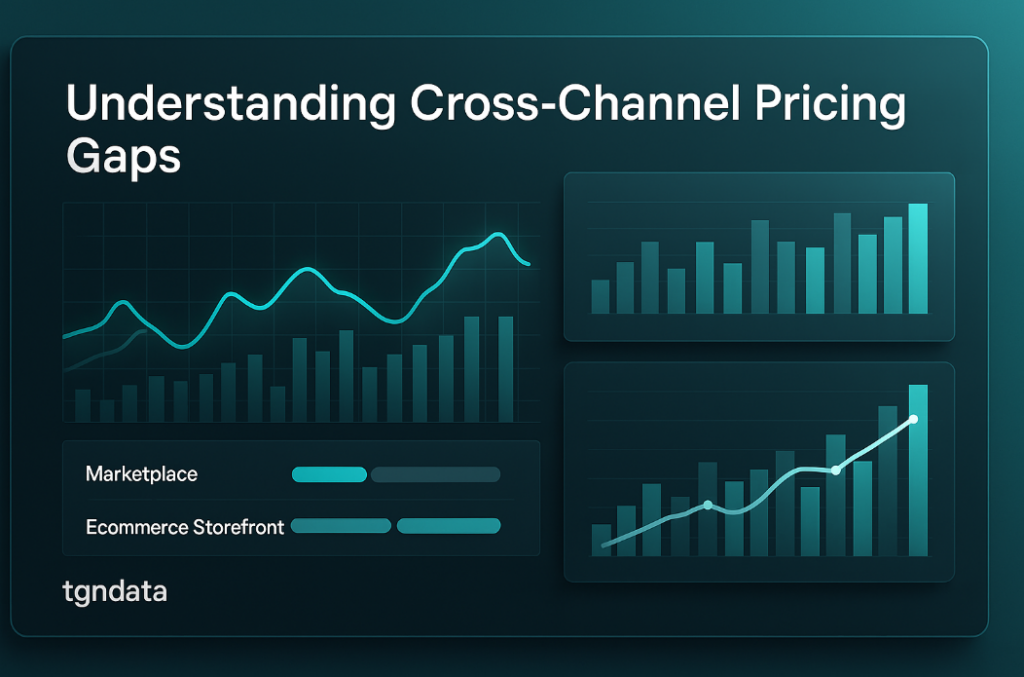
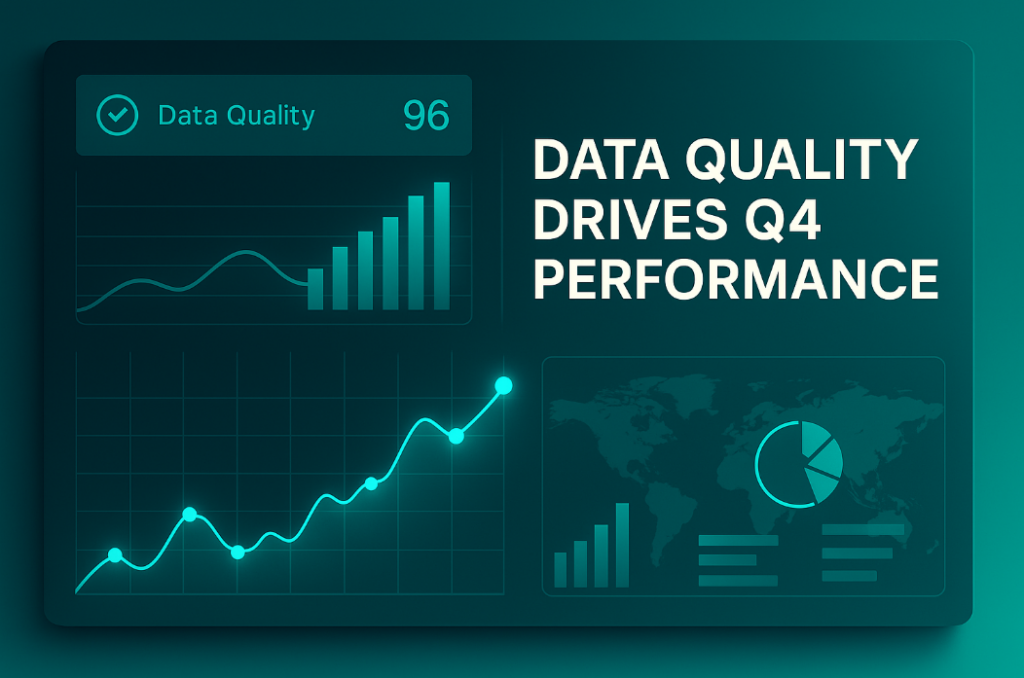
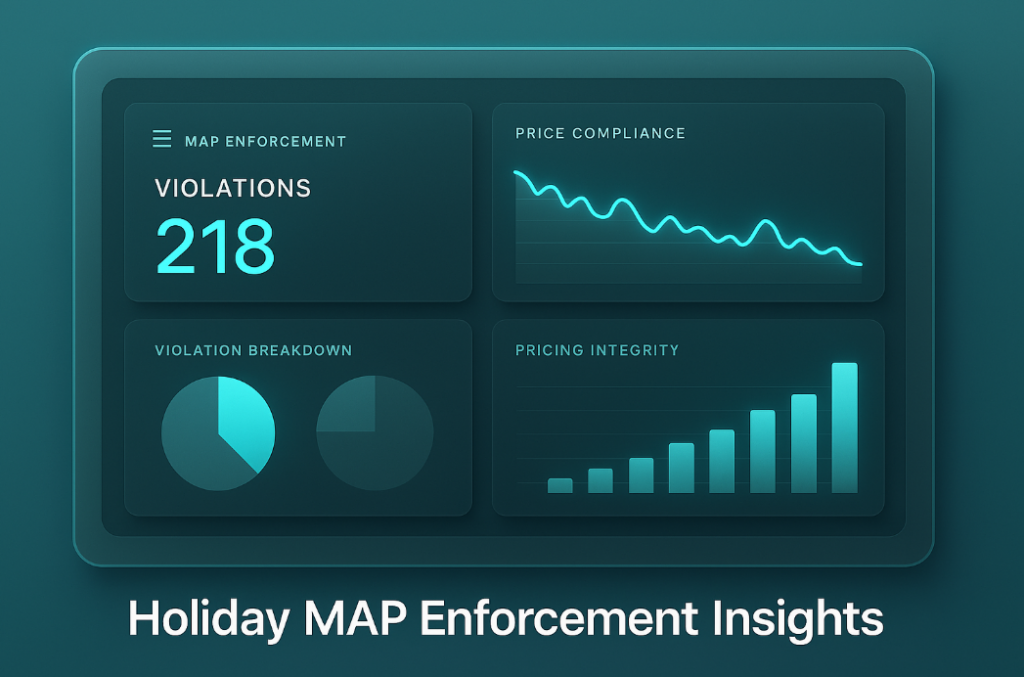
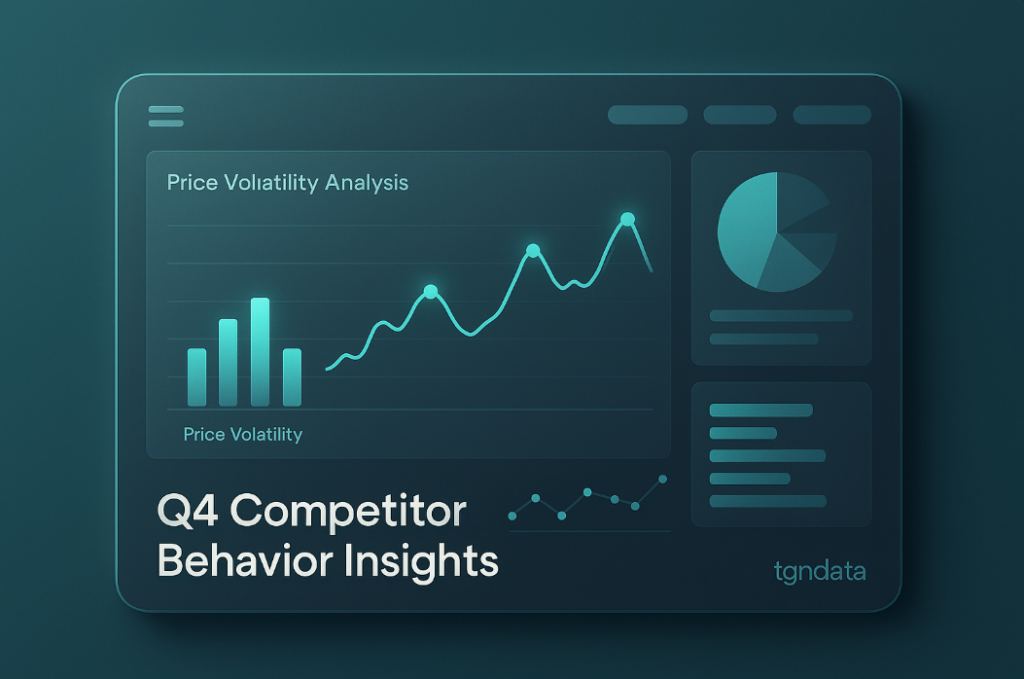
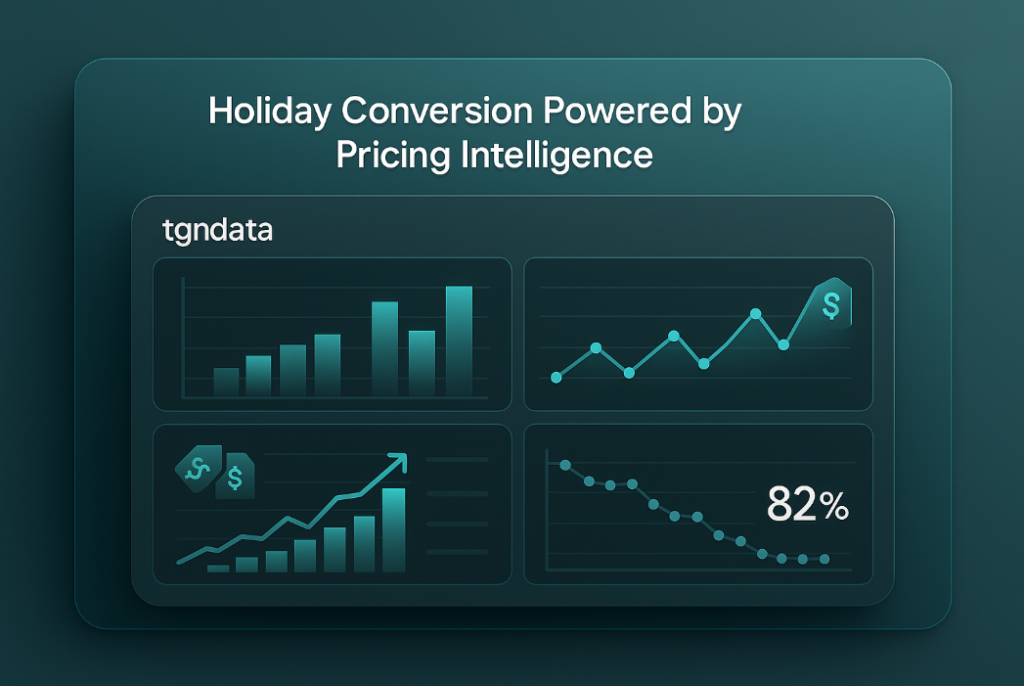








Missing an important marketplace?
Send us your request to add it!